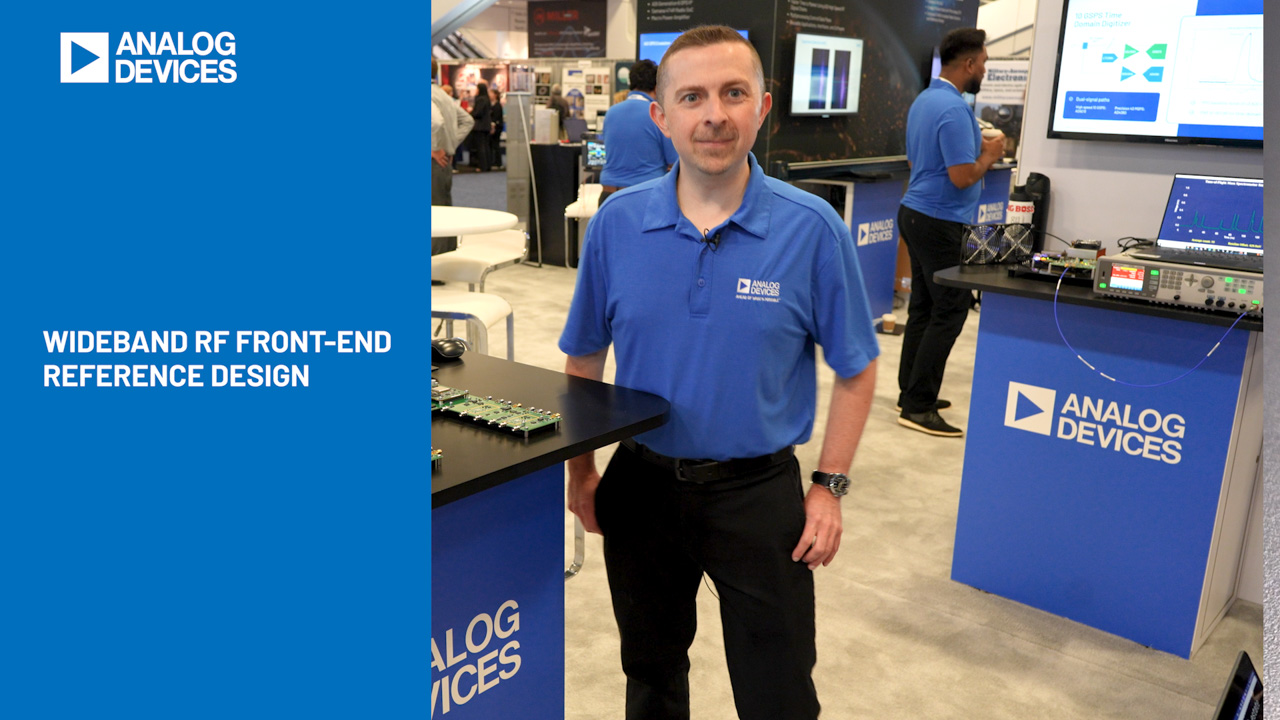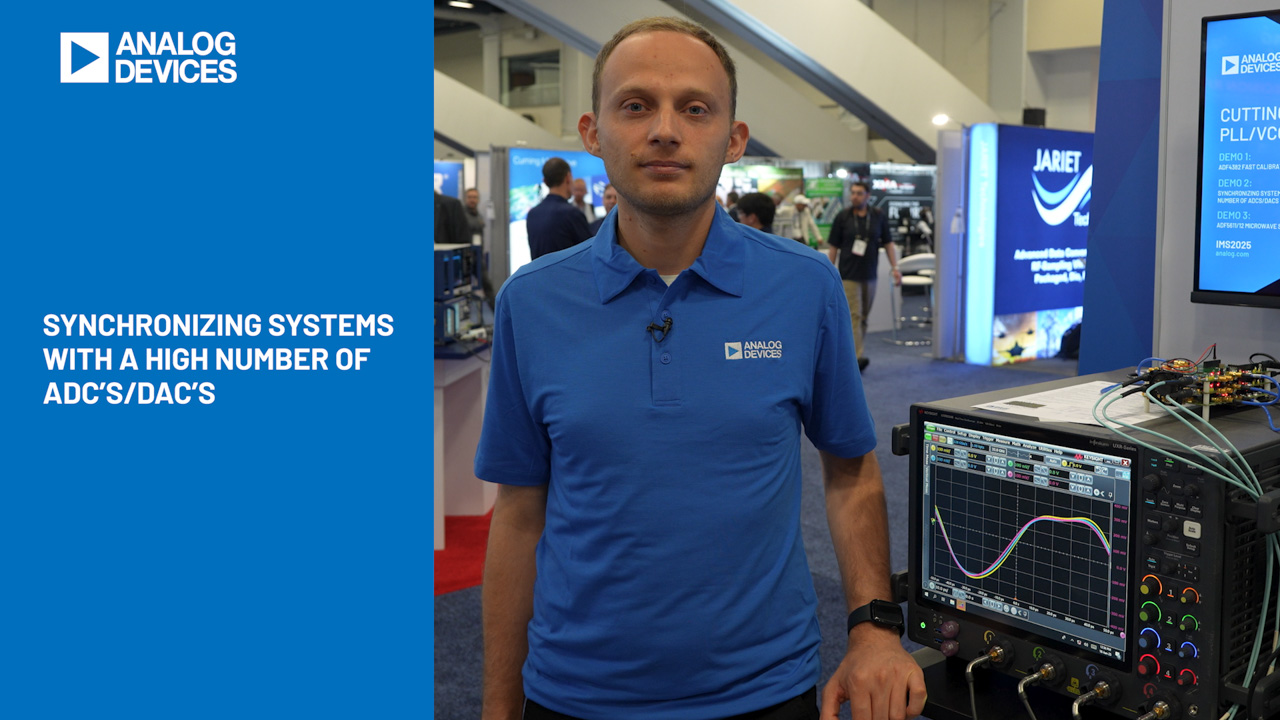Quiet and Efficient Switching Regulators
Switching regulators outperform linear regulators in many ways, most notably in their ability to achieve high efficiency in high power conversion. Switching regulators hold the upper hand in high power conversion efficiency. However, they also exhibit some weaknesses. A major challenge for numerous applications is the interference inherent to a switching regulator because it can generate both conducted emissions, typically input-side and output-side, and radiated electromagnetic interference (EMI). EMI can couple into the signal-critical parts of electrical circuitry, reducing system performance. This interference generated by the switching regulator can also lead to the inability to comply with the given specifications—for example, the CISPR 22 Radiated Class B limit for radiated emissions between 30 MHz and 450 MHz.
Figure 1 shows an idealized waveform at the switch node of a switched-mode power supply. Apart from the actual switching frequency, which typically lies between 500 kHz and 3 MHz for nonisolated power supplies, frequencies of between approximately 10 MHz and 1 GHz are also generated by switching transitions, corresponding to transition times that typically lie between 1 ns and 100 ns.

Figure 1. Frequencies and the associated interference generated by a switched-mode power supply.
It is possible to reduce the interference generated by fast switching by extending the transition time. Slower switching transitions in a switching regulator not only shifts the interference to lower frequencies but also reduces its magnitude. This is based on the formula V = L × di/dt. Thus, if a certain current flowing in a switching regulator is switched (rises and falls) very rapidly, then a higher voltage offset is yielded for a fixed parasitic inductance. This also increases the interference.
This statement might lead one to believe that it is better to work with slow switching transitions. In terms of the interference caused, this is by all means true. Unfortunately, slow switch transitions yield higher switching losses. During a transition, the switch has a certain resistance and is neither completely on nor completely off. The switch has a high resistance during this time. This creates power losses and reduces the conversion efficiency of the switching regulator.
Traditionally, designers have had to choose either high efficiency with high noise or low conversion efficiency with less generated interference. EMI can be mitigated with the addition of filters and shielding, but this adds significant manufacturing complexity, size, and cost.
To make high efficiency, low EMI, and compact switching regulator design possible, engineers in the ADI Power by Linear™ Group have developed Silent Switcher® technology. In a Silent Switcher regulator, the high di/dt current loop is split into two symmetrical loops, resulting in two mutually canceling magnetic fields—shown in Figure 2. This noise suppressing design reduces EMI by typically between 20 dB and 40 dB.

Figure 2. Field cancellation as a result of the symmetry of the switched currents.
Input Voltage Output Voltage
Figure 2 shows the symmetrical layout of the traces and the switch. This splits the switched current into two symmetrical paths. One path generates a field with the same strength but the opposite orientation to that of the second path. Thus, these interference fields largely cancel each other out.
Silent Switcher technology and the new Silent Switcher 2 technology also allow high VIN to VOUT ratios at high frequency operation, while maintaining low noise. This results in much smaller total solution size. These architectures allow switching regulators to be compact, quiet, and efficient.




















